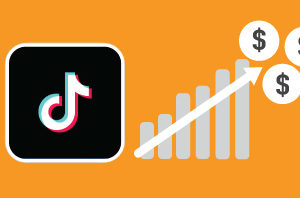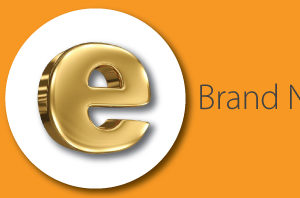
So many luxury brands have taken the leap and started looking beyond traditional advertising. Brands are starting to make advertising, events and outright stunts an experience for their consumer. How does going above and beyond help sell a product?
As reported in Wall Street Journal on August 13, 2019 by Nat Ives.
Can Climbing Everest Help Sell a Handbag?
This spring, the Swiss fashion house Bally sponsored a mission to remove garbage from the slopes of Mount Everest, even in the so-called Death Zone above 26,000 feet. In September, Italian watch manufacturer Panerai will take about 15 customers diving off the island of Moorea in French Polynesia, hoping to catch sight of whales. And from August through December, the Swiss watchmaker IWC Schaffhausen will underwrite a round-the-world flight for a restored Spitfire airplane that first went into production in 1943.
“The Spitfire is a short-range propeller aircraft without a pressurized cabin, modern communication or heated elements,” notes IWC Schaffhausen chief executive officer Christoph Grainger-Herr.
What happened to the lap of luxury?
Premium marketers have been compelled to look beyond traditional advertising, driven in part by consumers’ desire for brands with a sense of mission.
The Spitfire circumnavigation could help IWC Schaffhausen differentiate itself from its competitors, according to Heidi Hovland, chief executive officer at the communications agency Devries Global. She points out that luxury watchmakers all make similar claims of precision craftsmanship and brand legacy. “The Spitfire—that’s an example of a brand that is taking what it has in common with other brands and making it meaningful,” she says.
IWC is selling a timepiece tied to the project, the Pilot’s Watch Timezoner Spitfire Edition “The Longest Flight,” for $12,400. It allows wearers to use the bezel to set a new time zone without stopping the watch’s movement. The Spitfire pilots will wear it during their journey, according to the company.
Rarefied land, air and sea environments fit luxury marketers’ ambition to project an aura of exclusivity. None of these brands are cleaning up Times Square, after all, or crossing the country in an Amtrak train.
Panerai’s Moorea dive has added another layer: It’s open only to the 15 or so people in the world who snagged a particular special-edition watch named for champion free diver Guillaume Néry. (The price for the watch plus the dive: $40,000.)
“They need to find a way that has the same rarity as the watch itself,” says Queenie Lo, chief executive officer at FutureBrand UXUS, a design agency with a focus on customer experiences.
Panerai has announced two other upcoming expeditions, a training experience with the Italian Navy’s Comsubin special forces and a glacier excursion in Svalbard, Norway. The company continues to spend money on traditional and digital advertising, says Jean-Marc Pontroué, Panerai’s chief executive. “These experiences are not really advertising,” he says. “They are meant to make sure customers understand the brand on a different level.”
Bally says its Everest cleanup, part of Peak Outlook, its new long-term initiative aimed at preserving mountain environments, is not about marketing. “With an ever-increasing number of trekkers, we have felt that there was a requirement at the end to help clean up these mountains,” says Bally CEO Nicolas Girotto. “And because these environments are linked to our history, we felt it was natural for us to support such initiatives.”
Bally sponsored a Swiss expedition in 1947 to climb Mount Everest, supplying footwear that it says famed Nepali climber and guide Tenzing Norgay also wore during the first successful summit with Sir Edmund Hillary in 1953.
For consumers, the most visible sign of the high-altitude cleanup may be the associated capsule collections, like a $130 “No Mountain High Enough” T-shirt released in July, from which Bally will use the net proceeds to help fund further Peak Outlook work.
Girotto says he doesn’t expect any business return from the company’s spending on Peak Outlook. “Brands like Bally must have a purpose beyond profit,” he says.
Of course, many consumers might say the same thing. “It is connecting through values,” says Hovland, the Devries Global CEO. “It’s extreme marketing, but it’s not extreme for its own sake.”
What will be the next big thing in the brand building? Check out these blogs on branding:




